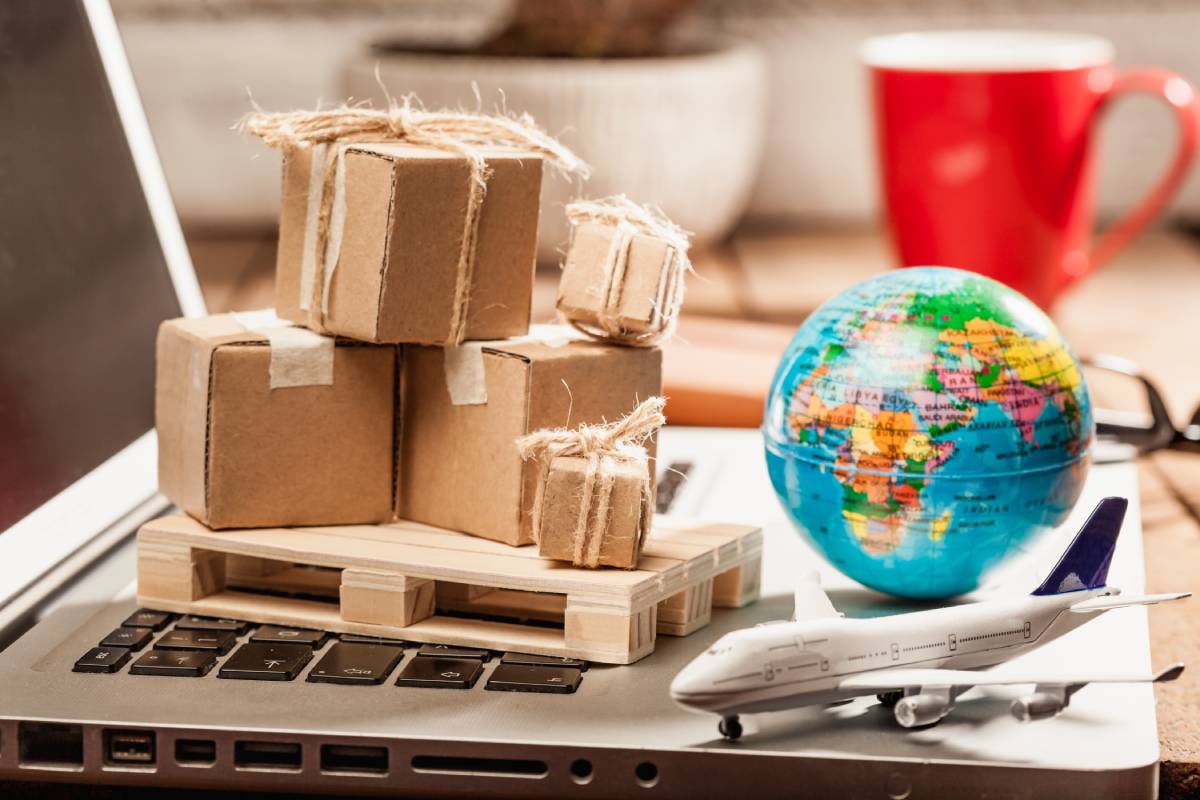Global Reach with Local Support
We recognise that international shipping can be a complex process. Let us assist you in navigating it, ensuring a seamless and enjoyable experience.

In the intricate world of global logistics and freight forwarding, safety and precision are paramount. One acronym that stands as a cornerstone of these principles is SWL, or Safe Working Load. SWL refers to the maximum weight that a lifting device, piece of lifting equipment, or accessory can safely lift, lower, or suspend without fear of failure or damage. It's a critical safety parameter, meticulously calculated and clearly marked on all relevant equipment, from cranes and hoists to slings and shackles.
Understanding and adhering to SWL limits is not merely a recommendation; it's a legal and operational imperative. Exceeding the Safe Working Load can lead to catastrophic equipment failure, severe injuries, loss of life, and significant financial penalties. For businesses relying on efficient and secure cargo movement, such as those partnering with Ocean Cargo, a thorough grasp of SWL is essential for mitigating risks and ensuring seamless operations.
Ocean Cargo, with over 25 years of experience in the industry, prioritises the safe handling of all consignments. Our commitment to adhering to international safety standards, including strict observance of SWL limits, underpins our reputation for reliability and precision in global freight forwarding.
The importance of SWL extends across every facet of the freight forwarding journey, from the initial loading at the port of origin to the final delivery at the destination. Here’s why it’s so critical:
Ocean Cargo integrates SWL considerations into every stage of our logistics planning, from selecting appropriate equipment for heavy machinery shipments to the UAE to ensuring proper loading techniques for wind turbine components to Australia. Our consultative approach ensures that all aspects of your shipment are handled with the utmost care and safety.
The calculation of SWL is a complex engineering process, typically performed by manufacturers and certified engineers. It takes into account several factors:
Ocean Cargo's network of trusted partners and our own operational teams are rigorously trained in these protocols. Whether it's managing sea freight to Canada or intricate customs compliance for complex cargo, our adherence to these standards ensures your goods are in safe hands.
It's important to distinguish SWL from another related term: MBL, or Minimum Breaking Load (sometimes referred to as Ultimate Breaking Strength). While both relate to strength, they represent different thresholds:
For example, if a sling has an MBL of 50 tonnes and a safety factor of 5:1, its SWL would be 10 tonnes. This means it's designed to safely lift up to 10 tonnes, but it shouldn't break until it reaches at least 50 tonnes.
Understanding this distinction is vital for anyone involved in specifying or operating lifting equipment. Ocean Cargo always operates strictly within the SWL limits, ensuring that your cargo, whether it's a shipment to the USA or a delicate consignment requiring road freight, is handled with the highest safety margins.
As a leading UK freight forwarder, Ocean Cargo takes its responsibility for cargo safety and operational integrity very seriously. Our approach to SWL compliance is multifaceted:
By choosing Ocean Cargo, you're partnering with a team that prioritises safety, compliance, and the secure delivery of your goods. Our proactive approach to managing logistics complexities, including strict adherence to SWL, ensures your supply chain remains robust and reliable.
Exceeding the Safe Working Load can lead to severe consequences, including equipment failure (e.g., snapping cables, collapsing cranes), serious injuries or fatalities to personnel, significant damage to cargo, costly operational delays, and legal penalties for non-compliance with safety regulations.
No, SWL specifically refers to lifting equipment. While containers have a maximum gross weight (MGW) and payload capacity, these relate to the total weight the container itself can hold and be transported with. SWL applies to the cranes, spreaders, and other gear used to lift and move that container.
Responsibility is shared. Equipment manufacturers are responsible for correctly calculating and marking the SWL. Operators and employers are responsible for ensuring equipment is used within its SWL, maintained, inspected, and that personnel are properly trained. Freight forwarders like Ocean Cargo ensure that all partners in the supply chain adhere to these critical safety standards.
The stated SWL of a piece of equipment does not change. However, the *actual* safe capacity of equipment can be reduced due to wear and tear, corrosion, damage, or lack of maintenance. This is why regular inspections, testing, and re-certification are crucial to ensure the equipment remains fit for its stated SWL.
We recognise that international shipping can be a complex process. Let us assist you in navigating it, ensuring a seamless and enjoyable experience.
